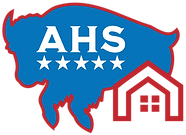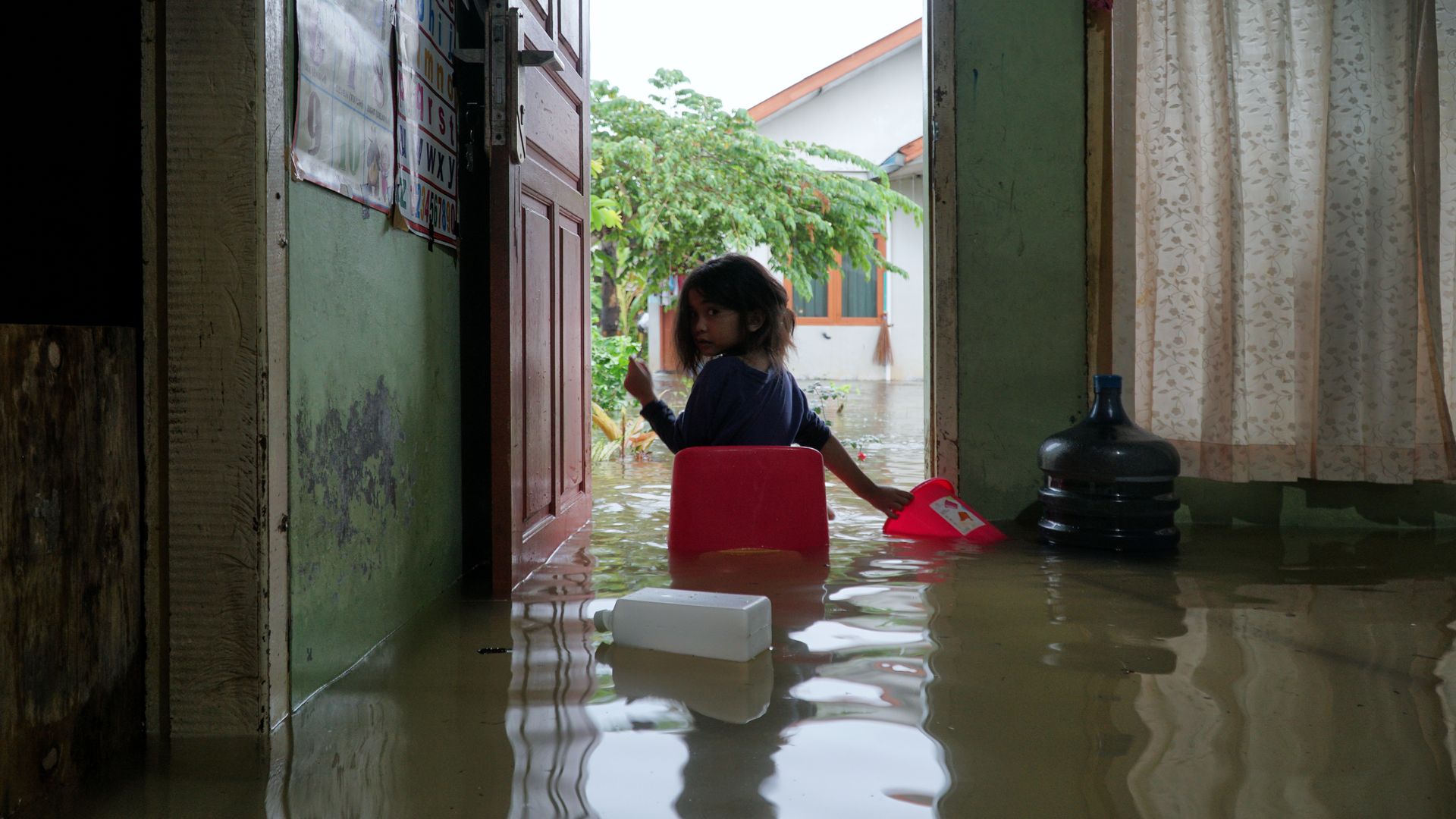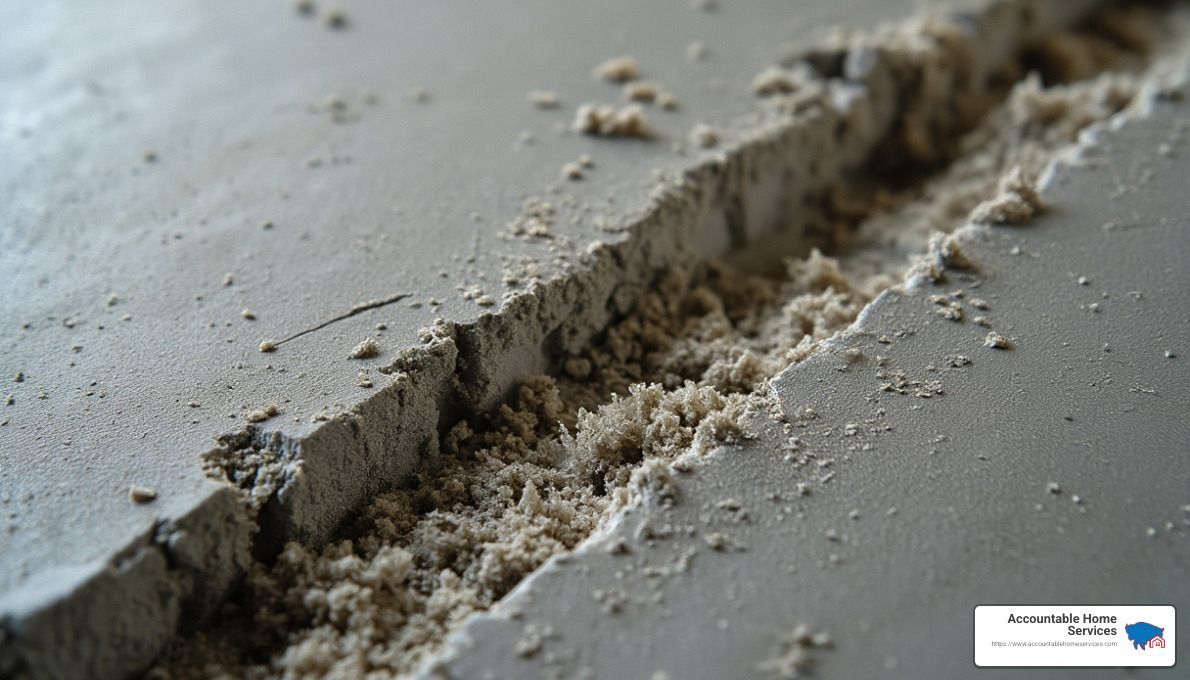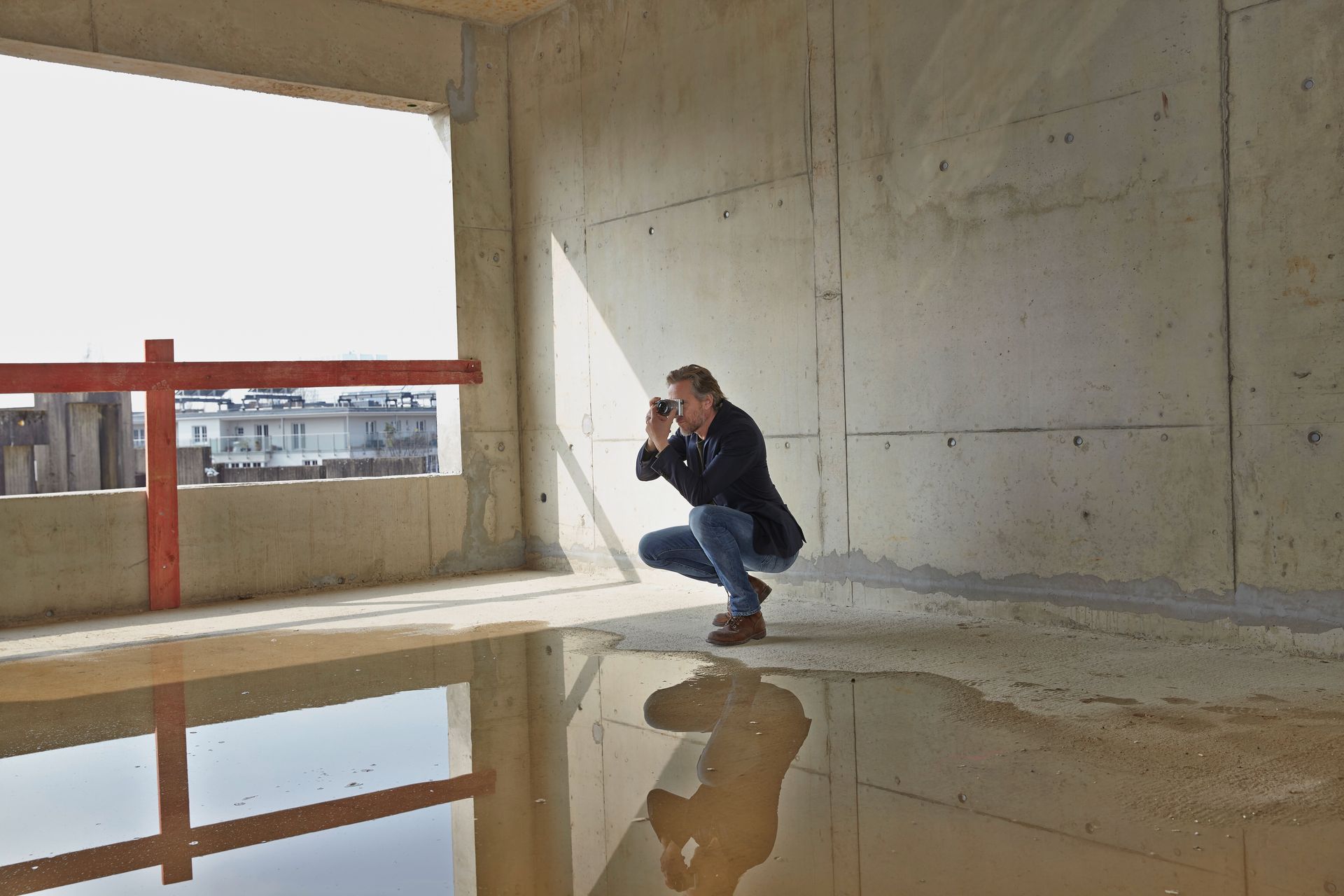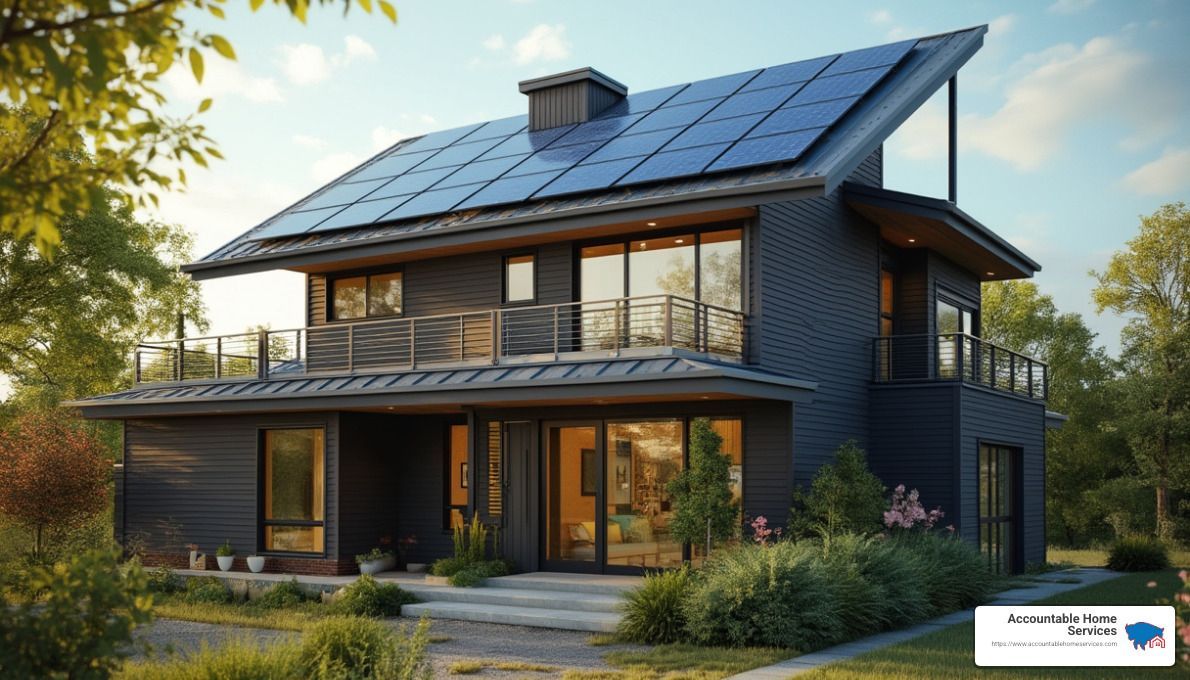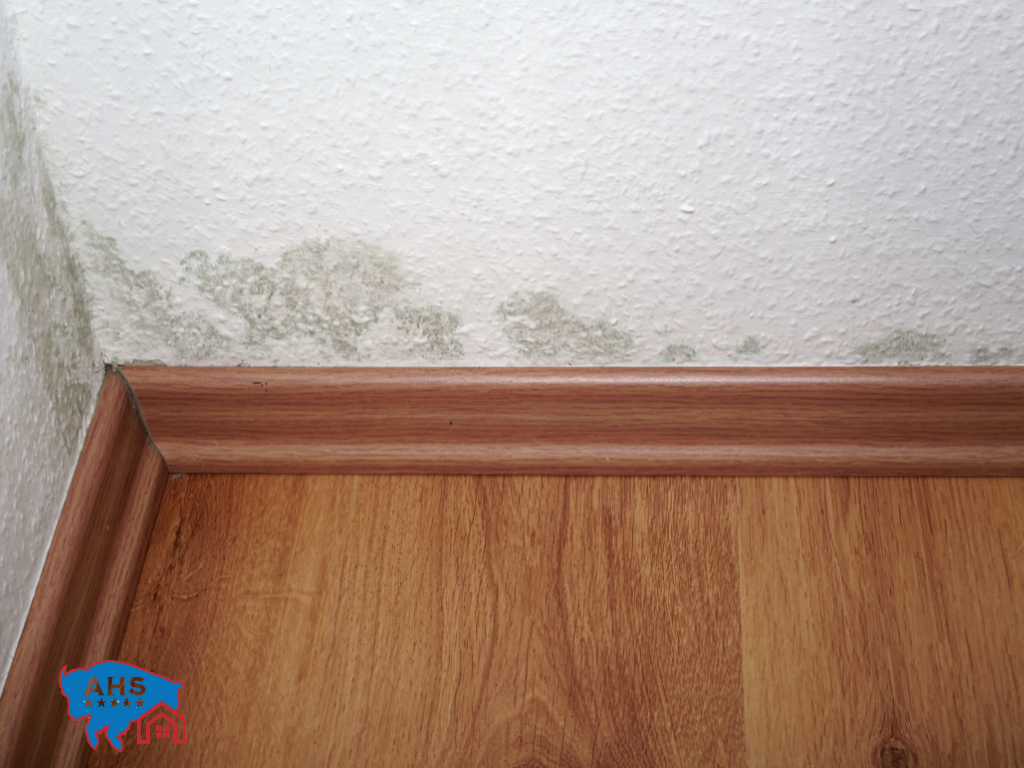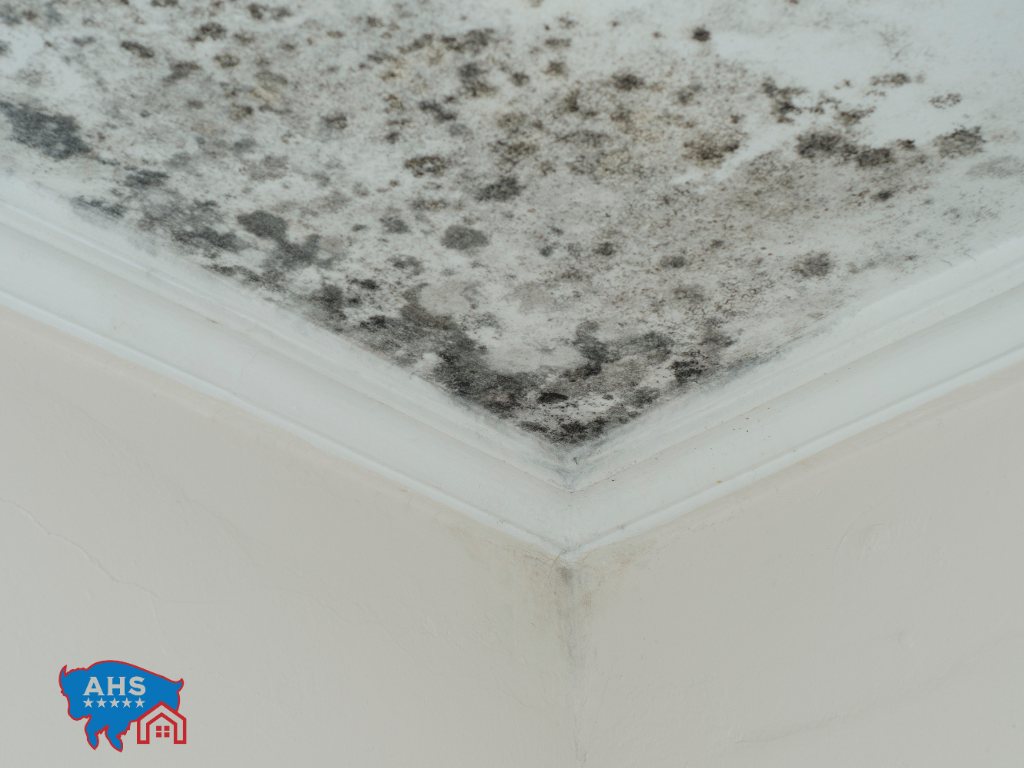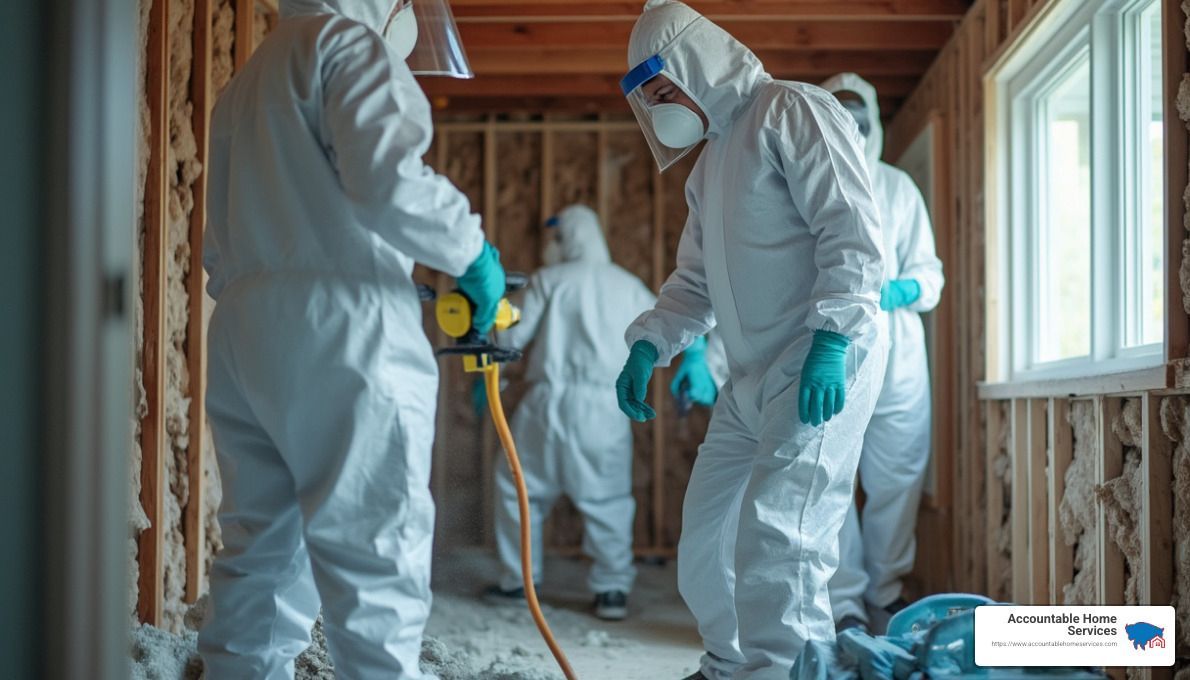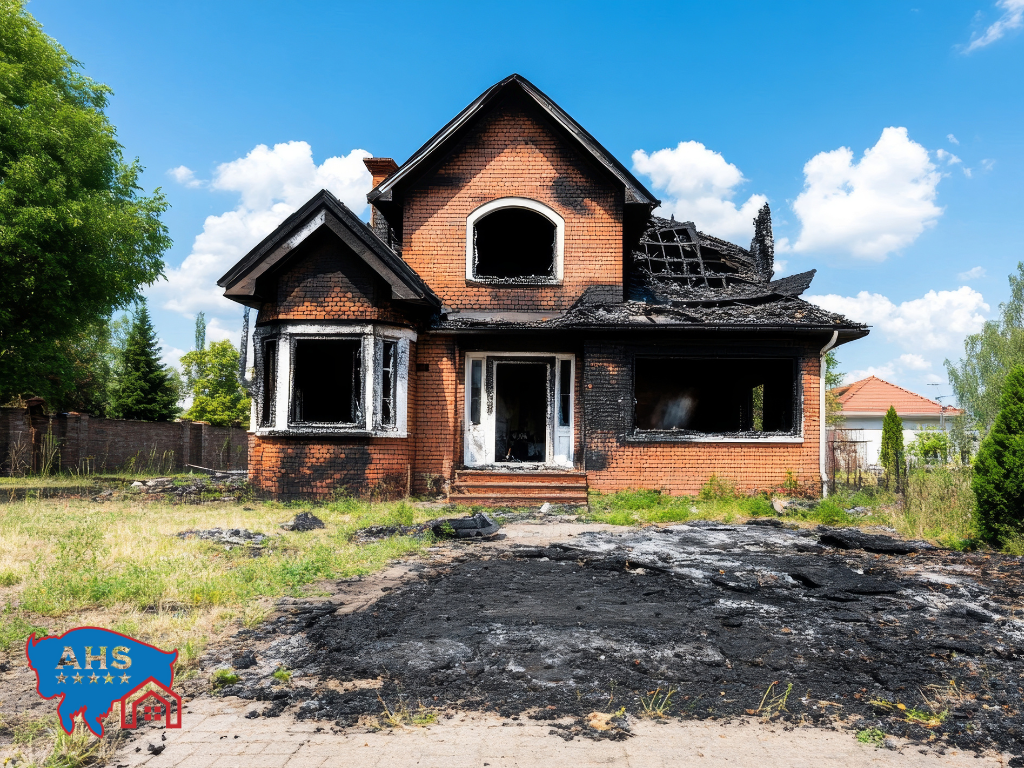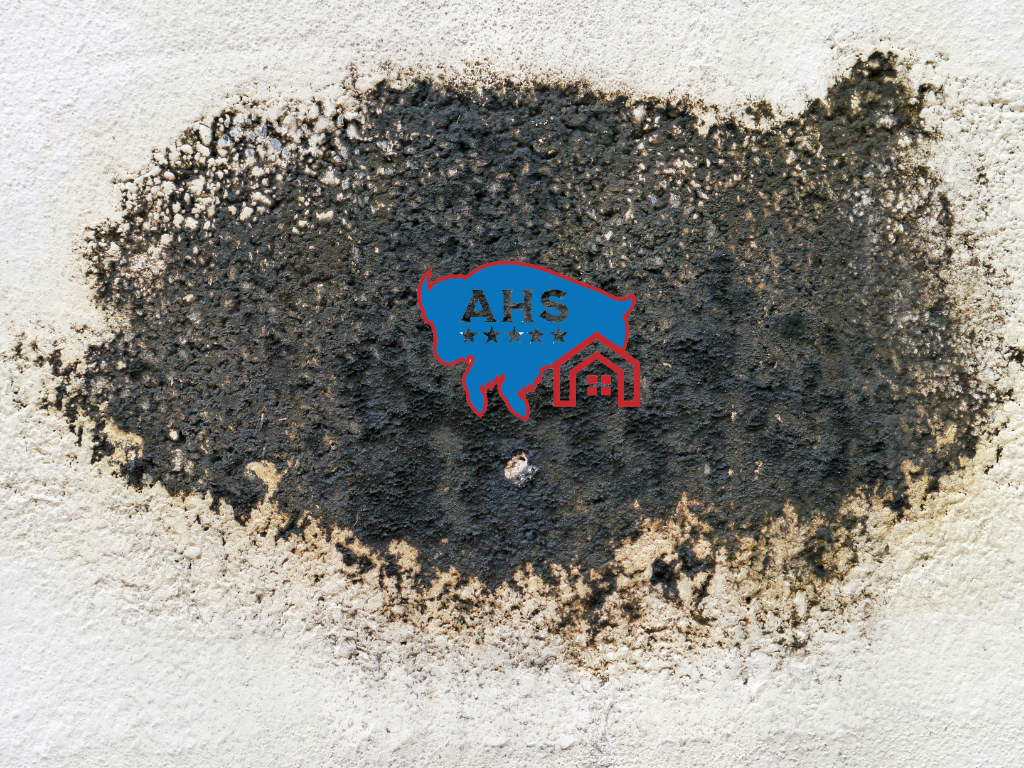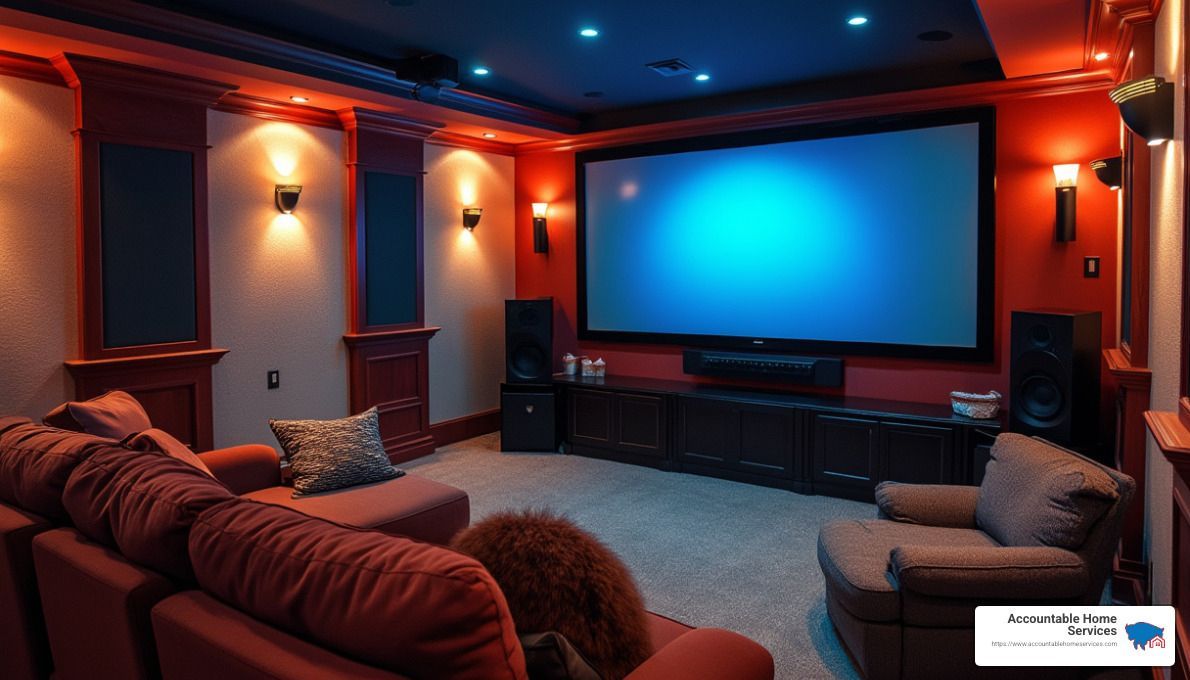Serving Broomfield, Westminster, and Denver Metro Area
Make the first call the
right
call
Blog
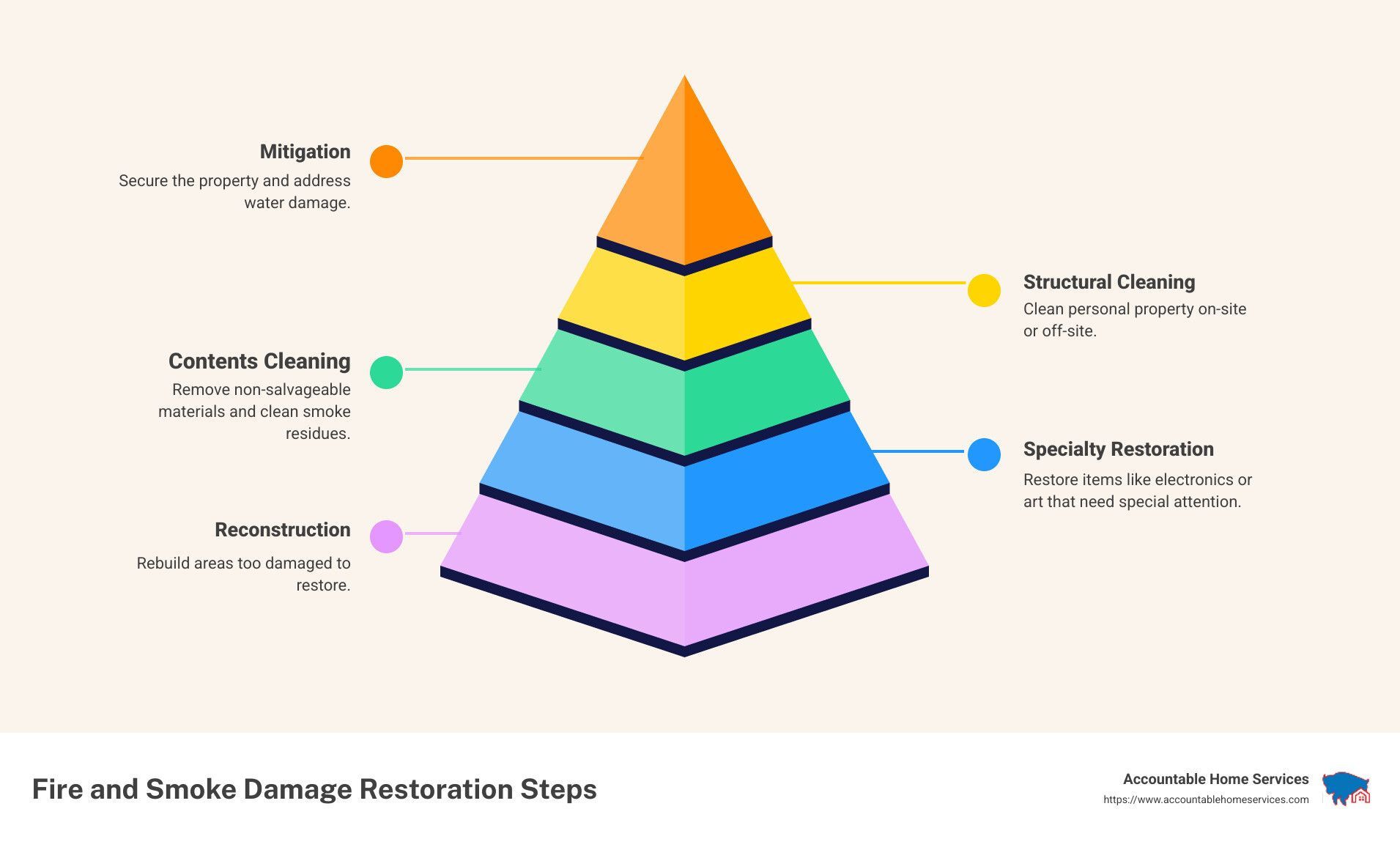
Fire and smoke damage restoration is a critical process that helps return your home to safety and stability after a disaster. This process involves several crucial steps, including securing the property, removing debris, addressing structural damage, and restoring personal belongings.
Here's a quick overview:
- Mitigation: Secure the property to prevent further damage, and address any water damage.
- Structural Cleaning: Remove non-salvageable materials and clean smoke residues.
- Contents Cleaning: Clean personal property on-site or off-site.
- Specialty Restoration: Restore items like electronics or art that need special attention.
- Reconstruction: Rebuild areas too damaged to restore.
I'm Mike Martinez, owner of Accountable Home Services. With years of experience in fire and smoke damage restoration, my team and I are dedicated to helping homeowners recover with minimal disruption. Let's explore how this process can make a difference in your recovery journey.
Understanding Fire and Smoke Damage
When a fire strikes, the aftermath isn't just about what the flames have consumed. Smoke and soot present their own set of challenges, affecting both health and property. Understanding these impacts is crucial in the fire and smoke damage restoration process.
Health Risks of Smoke and Soot
Smoke and soot aren't just dirty—they're dangerous. These tiny particles can linger in the air, posing serious health risks. Inhalation of smoke particles can lead to respiratory issues like asthma, bronchitis, and even cancer. It's important to avoid entering a smoke-damaged property without proper protection.
Structural Damage from Fire and Smoke
Fires can weaken the very foundation of a building. Even if the flames are contained, smoke can infiltrate walls, ceilings, and other structures, causing damage that isn't immediately visible. This makes a thorough inspection vital to assess and address any hidden dangers.
Consider this: even a small kitchen fire can cause smoke damage throughout a home. Smoke and soot can tarnish metal, discolor walls, and etch glass. If not treated promptly, these damages can become permanent, leading to costly repairs.
The Role of Soot and Smoke
Soot is a black, powdery substance left behind after a fire. It's more than just a cleaning hassle. Soot can be acidic, damaging surfaces and posing ongoing health risks if not properly cleaned.
Smoke damage doesn't just stop at discoloration. It can leave behind lingering odors that are hard to eliminate. Specialized cleaning techniques and products are needed to remove soot and neutralize odors effectively.
A case study from West Michigan highlights the importance of comprehensive smoke damage restoration. Even rooms untouched by flames can suffer from smoke infiltration. Leaving this untreated can lead to ongoing health risks and further damage to property.
Understanding the full impact of fire and smoke damage is the first step in restoring your home to its former glory. In the next section, we'll dive into the fire and smoke damage restoration process, exploring the steps involved in bringing your home back to life.
Fire and Smoke Damage Restoration Process
Initial Assessment and Safety Measures
Restoration begins with a safety inspection to identify any hidden dangers. This step is crucial to ensure the environment is safe for both the restoration team and the property owners. The inspection involves checking for structural damage, potential electrical hazards, and other risks that might not be immediately visible.
Inspectors look for signs like weakened beams or compromised walls. They also assess air quality to determine the level of smoke and soot particles present. This helps in planning the next steps of the restoration process effectively.
Soot and Smoke Removal Techniques
Once safety is assured, the focus shifts to soot and smoke removal. Soot, the black residue left by fires, can be acidic and harmful. It requires careful cleaning to prevent further damage to surfaces like walls, ceilings, and furniture.
Professional restoration teams use specialized tools and cleaning agents. Air filtration devices equipped with HEPA filters capture airborne soot particles, improving indoor air quality. These devices are essential to ensure that soot doesn't settle back onto surfaces after cleaning.
Cleaning agents are applied to surfaces to neutralize soot. This often involves a combination of scrubbing and vacuuming to remove soot without damaging the underlying material.
Odor Mitigation Strategies
Even after soot is removed, smoke odors can linger. Odor removal is a critical part of the restoration process. Restoration teams use a variety of deodorizing products to eliminate these smells.
Fogging equipment and ozone generators are common tools in this step. They work by breaking down odor-causing molecules, ensuring that the air smells fresh and clean. This step is vital not just for comfort but also for health, as lingering smoke odors can trigger respiratory issues.
Improving indoor air quality is a key goal. By using air scrubbers and other filtration devices, restoration teams ensure that the air is safe to breathe, free from harmful smoke particles and odors.
The restoration process is comprehensive, focusing on safety, cleanliness, and comfort. It aims to return your home to its pre-fire condition, making it safe and welcoming once more. In the next section, we'll explore the costs and insurance aspects of fire and smoke damage restoration.
Costs and Insurance for Fire and Smoke Damage Restoration
Average Restoration Costs
Restoring a home after fire and smoke damage can be a significant financial undertaking. Costs vary widely based on the extent of damage, the size of the property, and the specific restoration services required. On average, fire and smoke damage restoration can range from $3,000 to $30,000. In areas like the Bay Area in California, these costs might be higher due to local labor rates and material costs.
Here's a quick breakdown of potential costs:
- Minor Damage: For small fires, such as a contained kitchen fire, restoration might cost between $3,000 and $7,000. This typically covers cleaning soot and smoke residues, minor repairs, and deodorizing.
- Moderate Damage: Fires affecting multiple rooms can cost between $7,000 and $15,000. This includes more extensive cleaning, structural repairs, and potential replacement of damaged items.
- Severe Damage: For large-scale fires that damage significant portions of a home, costs can soar to $30,000 or more. This level of restoration often involves rebuilding parts of the structure, extensive cleaning, and thorough deodorizing.
Insurance Coverage Details
Insurance can play a crucial role in offsetting the costs of fire and smoke damage restoration. Most homeowners insurance policies cover fire damage, but understand the specifics of your policy.
Dwelling Coverage: This part of your policy typically covers the cost to repair or rebuild your home's structure. If a fire damages your home, dwelling coverage can help pay for the necessary repairs or reconstruction.
Personal Property Coverage: This coverage helps replace personal belongings damaged by fire, such as furniture, electronics, and clothing. It’s crucial to take inventory of your belongings to ensure adequate coverage.
Additional Living Expenses (ALE): If the fire forces you to live elsewhere while your home is being restored, ALE can cover costs like hotel stays and meals. This ensures you're not financially burdened during the restoration process.
It's important to contact your insurance agent promptly after a fire to understand your coverage limits and ensure a smooth claims process. They can also guide you on necessary documentation and steps to maximize your claim.
In the next section, we will address some frequently asked questions about fire and smoke damage restoration, providing practical insights into the restoration process and insurance claims.
Frequently Asked Questions about Fire and Smoke Damage Restoration
How do you restore smoke damage?
Restoring smoke damage involves a careful process to ensure safety and cleanliness. Mild soap and water can be used for light soot and smoke residues on walls and ceilings. For tougher stains, tri-sodium phosphate (TSP) is a more powerful cleaning agent. Always wear gloves and ensure proper ventilation when using TSP, as it can be harsh on the skin and lungs.
The process often starts with a thorough cleaning of affected areas to remove soot. Specialized air filtration devices might also be used to clear the air of smoke particles and improve indoor air quality.
What does fire damage restoration include?
Fire damage restoration is a comprehensive process. It begins with property board up to secure the building and prevent further damage from weather or vandalism. This is followed by debris removal, which involves clearing out damaged materials and items that cannot be salvaged.
Next, the focus shifts to cleaning and repairing what can be saved. This includes removing soot and smoke residues, deodorizing the space, and addressing any water damage from firefighting efforts. In severe cases, parts of the structure may need to be rebuilt.
Does insurance cover smoke damage from fire?
Most homeowners insurance policies cover fire and smoke damage. Dwelling coverage typically helps pay for repairs to the structure of your home. This includes walls, roofs, and other parts of the building that were damaged by the fire.
Insurance can also cover personal property damaged by smoke or fire, such as furniture and electronics. It's important to review your policy details to understand your coverage limits and any exclusions. If you have questions, your insurance agent can provide clarity and help ensure you maximize your claim.
In the next section, we'll explore more about the fire and smoke damage restoration process, focusing on practical steps and strategies to ensure effective restoration.
Conclusion
In the aftermath of a fire, the path to recovery can seem daunting. But with Accountable Home Services, you're not alone. We understand the stress and uncertainty that follows such an event, and we're here to help you every step of the way.
Our 24/7 emergency response ensures that we're ready to assist you whenever disaster strikes. Our team of certified technicians is equipped with the latest tools and technology to handle all aspects of fire and smoke damage restoration. From initial safety inspections to odor removal and soot cleanup, we cover it all with precision and care.
At Accountable Home Services, we pride ourselves on our commitment to quality and transparency. Our family-owned business understands the importance of trust and reliability. We work directly with your insurance company to streamline the claims process, allowing you to focus on rebuilding your life.
Our comprehensive approach doesn't just stop at restoration. We also offer full-service home improvement solutions custom to Colorado's unique climate. Whether it's energy-efficient upgrades or complete remodels, we're dedicated to enhancing and protecting your home for the long term.
For more information on our services and how we can assist you, visit our services page today. Let us be your trusted partner in rising from the ashes and restoring your home to its full potential.
SERVICE AREA
SERVING BROOMFIELD, WESTMINSTER, AND DENVER METRO AREA
Accountable Home Service services all of Denver Metro Area.
Below are some of the most common cities we work in!
SERVICE AREA
Don’t see your service area? We May still service your location. To know for sure, give us a call 720-620-3272 or complete the form on our contact Page and we’ll let you know.
100+ Clients Served
WHY CHOOSE US
What Makes Us The Accountable Home Services?
Family Owned
Proudly family-owned and operated, our company brings the values of service, integrity, and excellence to every job. We understand the importance of trust and reliability, especially when it comes to home restoration.
100% Free Estimates
We offer no-obligation, 100% free estimates to ensure you can plan your restoration with complete financial transparency. Our assessments are thorough, honest, and always upfront.
Fast Response Times
Rapid response is crucial in a crisis, and our team is committed to being there swiftly to minimize damage. We're ready around the clock, ensuring your emergency is tackled with urgency.
IICRC & IRI Certified
Each service is performed by our licensed and certified professionals, ensuring industry-standard quality. We pride ourselves on a skilled team equipped to handle your restoration needs expertly and efficiently.

CONTACT US
Get a Free Estimate Today
Contact us today at 720-620-3272 for all your restoration and clean-up needs in Denver, CO, and the surrounding areas.
CONTACT DETAILS
Phone:
Accountable Home Services
Accountable Home Services is a trusted national leader in the disaster restoration industry. Accountable Home Services currently has open opportunities nationwide.
IICRC Certified
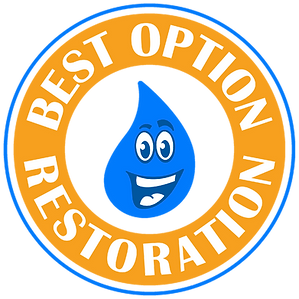
Schedule an Appointment 24/7
We’re here to help with your restoration and clean-up needs around Denver, CO, and nearby areas. Reach out to our team 24/7 for prompt, professional service tailored to your situation or call 720-620-3272
Contact Us
We will get back to you as soon as possible.
Please try again later.
